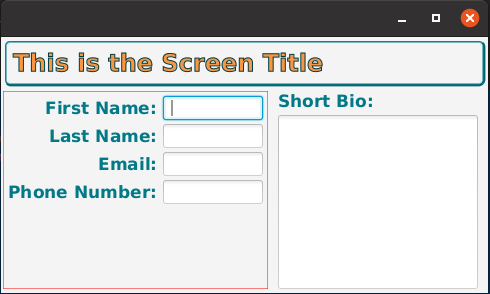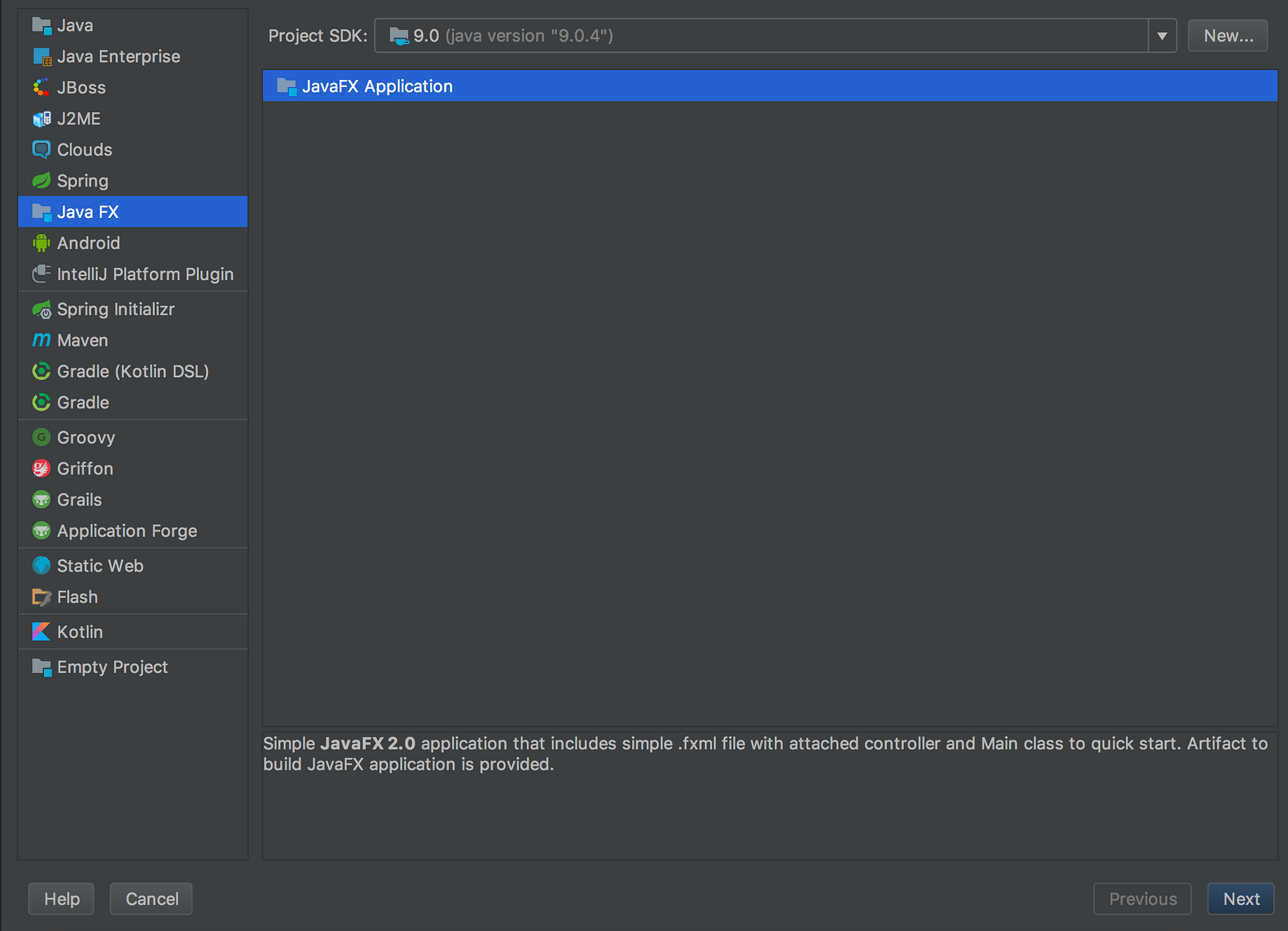

- Javafx scene with a plain text editor example update#
- Javafx scene with a plain text editor example code#
You can use one of the following two options to run a JavaFX Application: Optionally, you can set a title for the stage using the setTitle() method. You must show the stage to see the visuals contained in its scene. You have to create a scene for your stage. The primary stage created by the application launcher does not have a scene. The width and height properties determine its size. The x and y properties determine the location of the upper-left corner of the stage.

The bounds of a stage consist of four properties: The primary stage is created by the platform and passed to the start(Stage s) method of the Application class. The Stage class represents a stage in a JavaFX application. A scene has visuals, such as text, shapes, images, controls, animations, and effects, with which the user may interact, as is the case with all GUI-based applications.Ī stage in JavaFX is a top-level container that hosts a scene, which consists of visual elements. Similar to a stage in the real world, a JavaFX stage is used to display a Scene. However, the primary stage is always created by the JavaFX runtime. You can create more stages as necessary in your application. Notice that the start() method is passed an instance of the Stage class, which is known as the primary stage of the application. It is called by the JavaFX application launcher. The start() method is the entry point for a JavaFX application. So it is necessary to override the start() void start(Stage stage) tTitle("Your first JavaFX Example") Ī JavaFX application is a class that must inherit from the Application class that is in the javafx.application package. Public static void main(String void start(Stage stage) Public class FxFirstExample extends Application Your First JavaFX Application 2.1 The CodeįxFirstExample.java import Types of nodes in a scene graph include simple UI controls such as buttons, text fields, two-dimensional (2D) and three-dimensional (3D) shapes, images, media (audio and video), web content, and charts. They can have effects, transformations, and states.

Nodes in a scene graph can handle user inputs and user gestures. A scene graph is built using the public JavaFX API. A scene graph is a collection of visual elements, called nodes, arranged in a hierarchical fashion. The GUI in JavaFX is constructed as a scene graph. The following examples uses Java SE 7 and JavaFX 2.2. Controls 3.1 Introduction 3.2 Label 3.3 TextField 3.4 Button 3.5 MenuButton 3.6 CheckBox 3.7 ToggleButton 3.8 RadioButton 3.9 ChoiceBox 3.10 ComboBox 3.11 ListView 3.12 TextArea 3.13 Menu 4.
Javafx scene with a plain text editor example code#
Your First JavaFX Application 2.1 The Code 2.2 Overriding the start() Method 2.3 Showing the Stage 2.4 Launching the Application 2.5 Adding a Scene to the Stage 2.6 The GUI 3. columnIndex - If positive, the index going forward (the given paragraph's line or the next one(s)).Table Of Contents 1. Parameters: paragraphIndex - The index of the paragraph from which to start. getAbsolutePosition(0, "some".length() + 1) = 5 = getAbsolutePosition(1, 0).getAbsolutePosition(0, "some".length()) = 4 = getAbsolutePosition(1, -1).(where the first paragraph's text is "some" and the second "thing"), then the following statements are true: In other words, given a document with two paragraphs If the column index spans outside of the given paragraph's length, the returned value will Warning: Off-By-One errors can easily occur the spot in-between characters) to the left of the given column in the given paragraph.įor example, given a text with only one line "text" and the columnIndex value of 1, "position 1" would be returned: selectionBounds default > selectionBoundsProperty See Also: getSelectionBounds().selectedText default selectedTextProperty See Also: getSelectedText().selection default selectionProperty See Also: getSelection().anchor default anchorProperty See Also: getAnchor().showCaret default showCaretProperty See Also: getShowCaret(),.caretBounds default > caretBoundsProperty See Also: getCaretBounds().caretColumn default caretColumnProperty See Also: getCaretColumn().currentParagraph default currentParagraphProperty See Also: getCurrentParagraph().caretPosition default caretPositionProperty See Also: getCaretPosition().text textProperty See Also: getText().length lengthProperty See Also: getLength().Method Summary All Methods Instance Methods Abstract Methods Default Methods Modifier and Type.
Javafx scene with a plain text editor example update#
True when an update to the area's underling editable document is still occurringĭefault >ĭefault


 0 kommentar(er)
0 kommentar(er)
